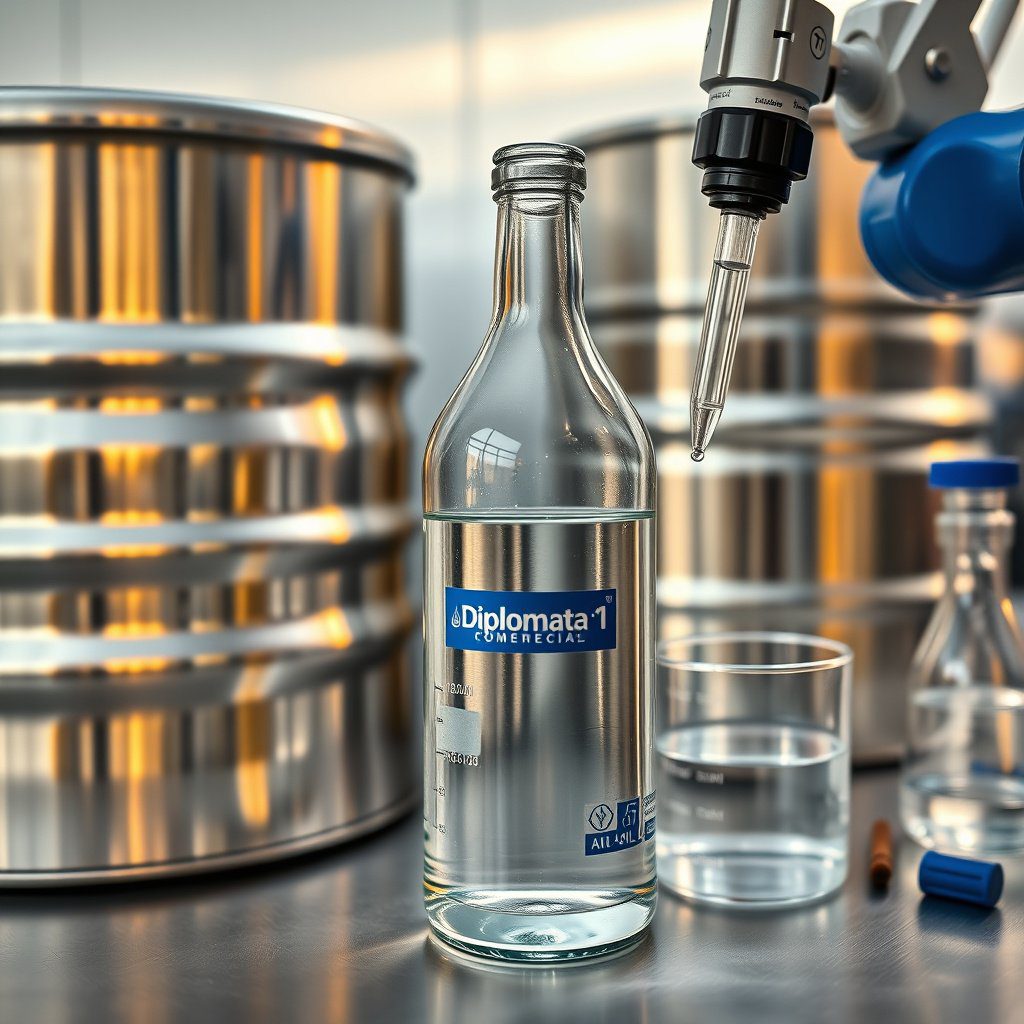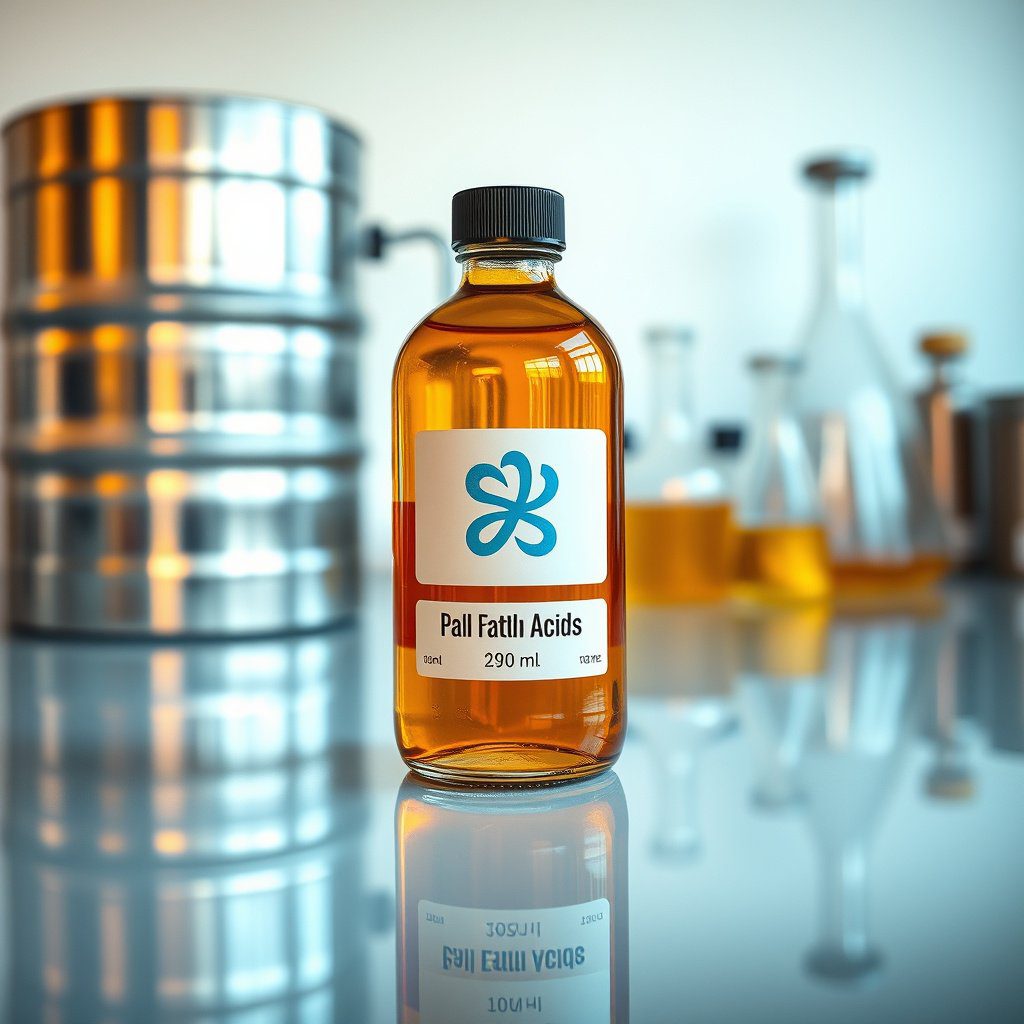Understanding Soy Lecithin
Soy lecithin is a natural emulsifier derived from soybeans, widely used in the food industry due to its ability to blend ingredients that normally do not mix well, such as oil and water. It plays a crucial role in enhancing texture, stability, and shelf life of various products, making it a valuable ingredient for manufacturers. The production of soy lecithin involves several intricate processes that ensure the final product meets the highest quality standards.
The Extraction of Soybeans
The soy lecithin production process begins with the careful selection and extraction of soybeans. High-quality soybeans are cleaned, dehulled, and cracked to facilitate the extraction of oil. This initial step is essential as it directly impacts the yield and quality of the lecithin obtained. The extraction is typically carried out using either mechanical pressing or solvent extraction methods, with the latter being more common for large-scale production.
Degumming Process
Once the oil is extracted from the soybeans, the degumming process takes place. This step involves the removal of phospholipids and other impurities from the crude oil. Water is added to the oil, which allows the hydrophilic (water-attracting) phospholipids to be separated from the lipids. The degumming process is critical as it enhances the purity of the lecithin and prepares it for further processing.
Bleaching and Refining
After degumming, the oil undergoes bleaching and refining to eliminate color and any undesirable flavors. During bleaching, adsorbents like activated clay are added to absorb pigments and impurities. This step is vital for achieving the desired color and taste in the final soy lecithin product. The refining process also ensures that the lecithin is safe for consumption and meets regulatory standards.
Drying and Texturizing
The next stage of the soy lecithin production process involves drying the lecithin to remove excess moisture. This is crucial for ensuring the shelf stability of the product. The dried lecithin can be further texturized to produce either a powder or liquid form, depending on the intended application. This versatility makes soy lecithin suitable for a variety of food products, including baked goods, dairy items, and confectionery.
Quality Control Measures
Throughout the soy lecithin production process, stringent quality control measures are implemented to ensure that the final product meets food-grade standards. This includes testing for contaminants, verifying the absence of genetically modified organisms (GMO), and ensuring that the lecithin possesses the necessary emulsifying properties. Companies like Diplomata prioritize quality to guarantee that their lecithin products are reliable and safe for consumers.
GMO-Free vs. GMO Soy Lecithin
In the soy lecithin production process, manufacturers can produce two types of lecithin: GMO-free and GMO. GMO-free lecithin is derived from soybeans that have not been genetically modified, appealing to health-conscious consumers and those seeking natural ingredients. On the other hand, GMO lecithin is made from genetically modified soybeans, which may be more cost-effective but less desirable for certain markets. Diplomata offers both options, catering to diverse consumer preferences.
Applications of Soy Lecithin
Soy lecithin is utilized in a myriad of applications across the food industry. Its emulsifying properties make it ideal for use in salad dressings, sauces, chocolate, and baked goods. Additionally, it serves as a release agent in baking and can improve the texture and mouthfeel of products. The versatility of soy lecithin ensures its importance in food formulation, allowing manufacturers to create high-quality products that meet consumer demands.
Sustainability in Soy Lecithin Production
As consumers become more environmentally conscious, sustainability in the soy lecithin production process is gaining attention. Manufacturers are increasingly adopting practices that minimize environmental impact, such as using renewable energy sources and reducing waste. By sourcing soybeans from responsible suppliers and implementing eco-friendly processes, companies like Diplomata contribute to a more sustainable food system while maintaining high-quality standards for their lecithin products.


